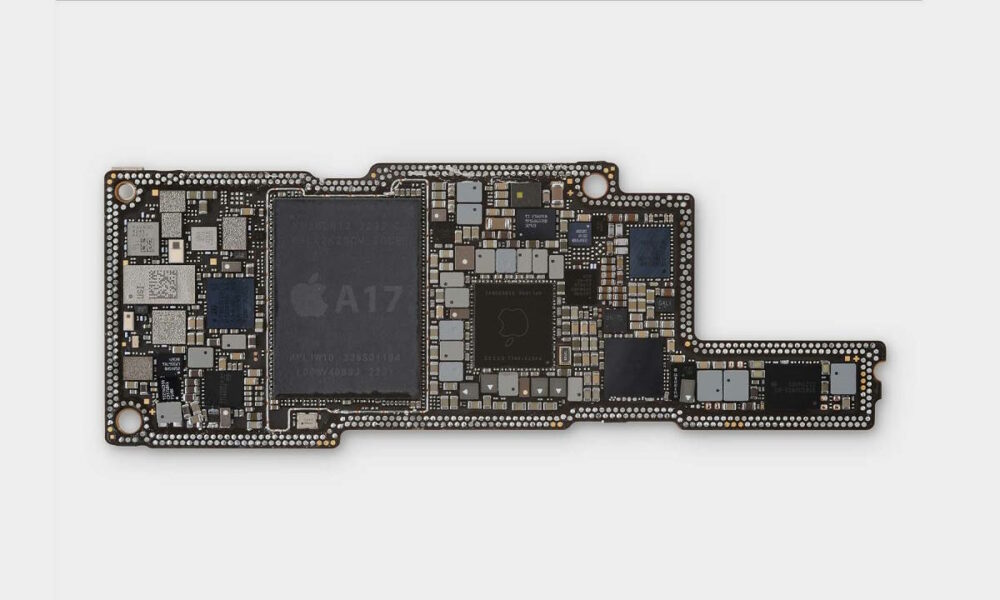
A few days ago we made an extensive and complete compilation of what we expect from the future iPhone 15, and of course, the Apple A17 Bionic SoC is something we can take for granted in the two Pro models. As we told you a few weeks ago, this new Apple chip, which will be the company’s first produced in TSMC’s three-nanometer node, promises a significant improvement in both performance and efficiency compared to the Apple A16 Bionic, which is the “brain” of the current iPhone 14 Pro and, predictably, also of the future iPhone 15 and iPhone 15 Plus.
We already told you, in January, that we do not expect this new SoC to be revolutionary in terms of its design, and this is understandable, since the jump to the three nanometer scale already has an extra complexity associated with it, which makes It may not be remotely the best time to introduce major changes to the architecture. However, the leap in scale will have as a direct consequence the improvement of performance and efficiency which, as we anticipated, will be greater than what we have seen in previous generation leaps of Apple’s SoCs for the iPhone.
During the last days some alleged leaks have circulated, which have finally been proven to be false, and that They pointed out that the future Apple A17 Bionic could get very close, in terms of performance, to the Apple M2, since only 7% would remain below it. Something absolutely surprising, given that we are talking about the SoC that is responsible for motorizing many of the company’s desktop and laptop computers. It sounds too good to be true… and of course, it is not true.
Today, at WCCFTech, we can find an interesting article detailing the reasons why last week’s false leak had neither head nor tailand that therefore such a marked improvement cannot be expected, which would also leave the second generation of Apple Silicon in a difficult situation.
According to the fake leak, the Apple A17 Bionic had obtained scores of 3,986 and 8,841 in Geekbench 6, compared to the 2,560 and 9,567 achieved by the MacBook Air M2 in the same test. There we see a difference of just 7% in multicore performance, along with a whopping 55% difference in single-core mode. The architecture difference could allow the real A17 Bionic to record a higher single-core score, although this remains to be seen, but there is one important aspect that the person who created the fake leak missed.
As my partner Isidro has already advanced, we expect the Apple A17 Bionic to have a total of 6 cores, two high-performance and four high-efficiency, compared to the eight cores, four for performance and four for efficiency that we found in the MacBook Air with M2. Does it make sense to expect that with this configuration the performance difference could be as little as 7%? It is true that Apple has shown to have excellent engineers, but there are certain limitations imposed by size, consumption, etc., which are indisputable.
There is no doubt that the performance of the Apple A17 Bionic will be remarkable, it may even be the SoC with the best performance of 2023, but from there to hope that it will be able to come close to a tie with a next-generation SoC for laptops and desktops, goes a road that, in truth, leads to nowhere.




